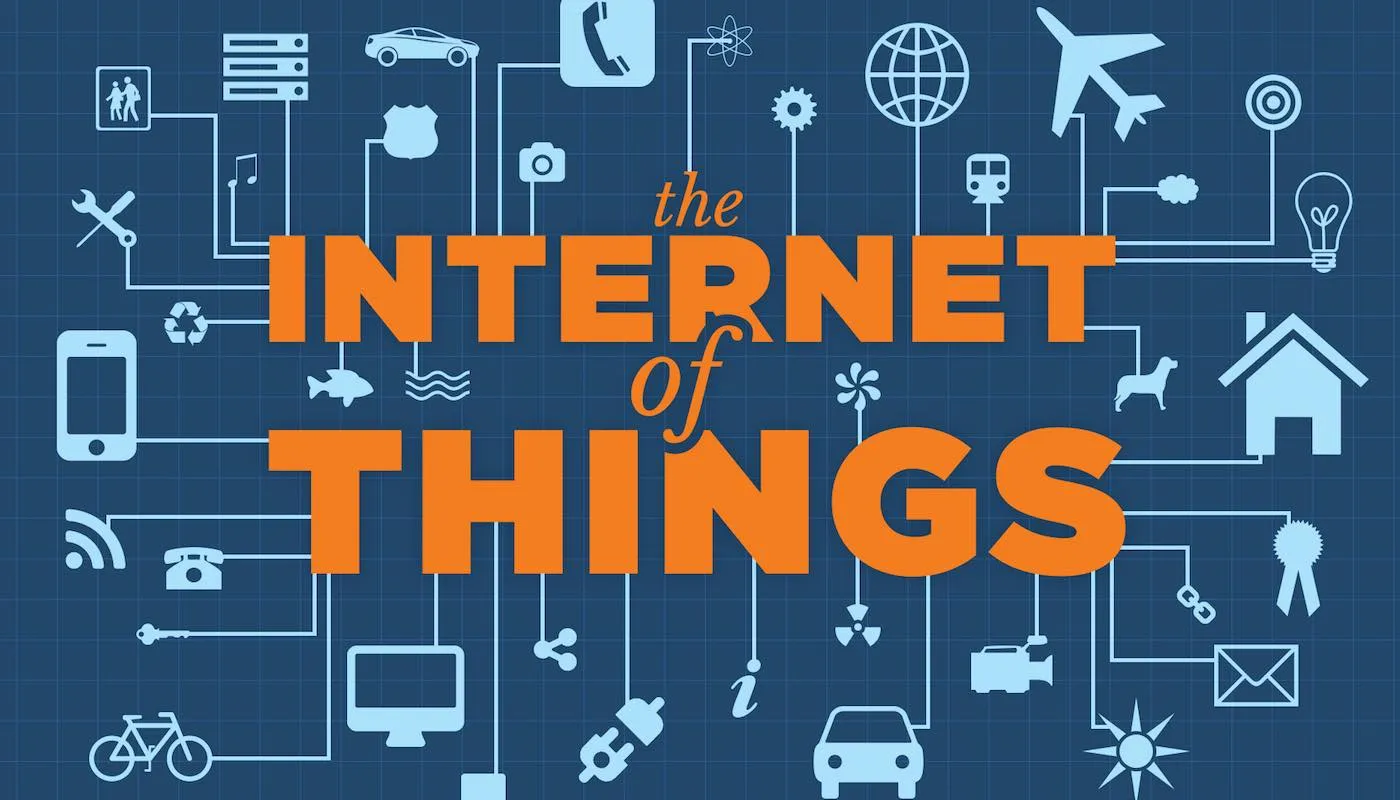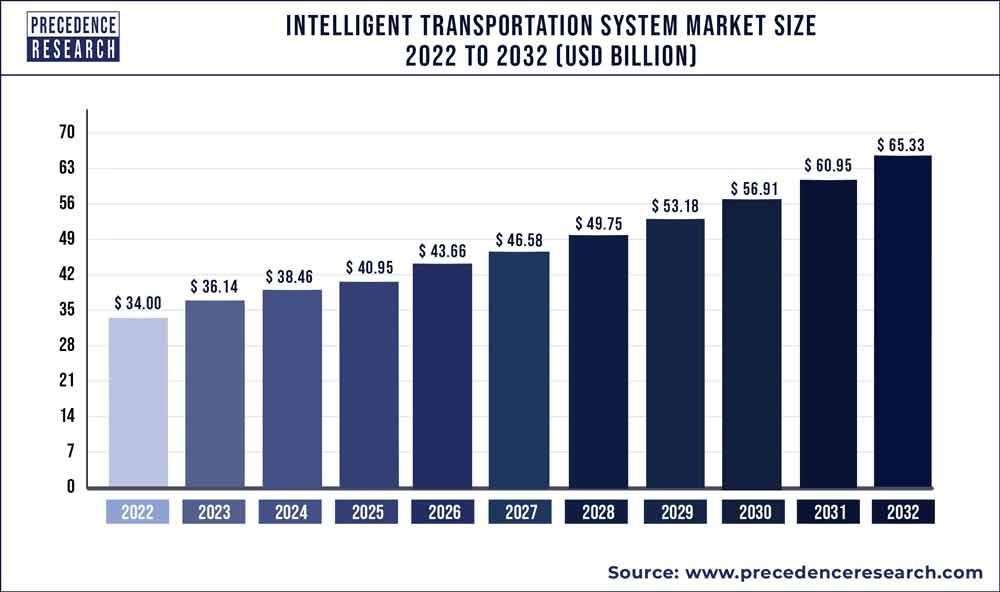

By: Asal Taheri
Intelligent transportation systems (ITS) are revolutionizing how we move people and goods, transforming our cities into more innovative, efficient, and sustainable urban environments. ITS integrates advanced technologies like sensors, communication networks, and data analytics to optimize transportation infrastructure and improve travel experience. From reducing traffic congestion and emissions to enhancing safety and accessibility, ITS has become crucial to modern urban planning and development. As our cities continue to grow and evolve, ITS will play an increasingly vital role in shaping the future of transportation, enabling us to build more livable, connected, and resilient communities. In this article, we’ll explore the critical components of ITS, its history, and the emerging trends driving its rapid adoption worldwide.
How Did ITS Begin?
The history of Intelligent Transportation Systems (ITS) began in the United Kingdom in the 1960s when government investments in transportation infrastructure laid the groundwork for advanced technologies. Establishing the Transport and Road Research Laboratory (TRRL) in the 1970s marked a significant milestone in enhancing transportation efficiency and safety. In the 1980s and 1990s, the United States emerged as a pioneer in ITS development, coining the term “Intelligent Vehicle Highway System” (IVHS). The U.S. Department of Transportation launched initiatives to deploy Advanced Traffic Management Systems (ATMS), utilizing cameras, sensors, and software to monitor traffic flow. By the late 1990s, the U.S. had invested over $1 billion in ITS research and development, highlighting the importance of technology in addressing traffic congestion and improving safety.
As ITS technologies matured, the 2000s saw the integration of Global Positioning System (GPS) and Geographic Information Systems (GIS) into transportation management. By 2010, countries like Japan were leading in deploying advanced vehicle-to-vehicle (V2V) and vehicle-to-infrastructure (V2I) communication systems. According to the U.S. Department of Transportation, ongoing advancements in ITS are expected to reduce traffic fatalities significantly, with estimates suggesting that connected vehicle technologies could prevent up to 80% of crashes involving unimpaired drivers. This historical journey underscores ITS’s critical role in shaping the future of transportation, making it safer, more efficient, and more sustainable.
What Are the Key Components of ITS?

1. Traffic Management Systems:
Traffic management systems are essential components of ITS that monitor and control traffic flow to enhance safety and efficiency on roadways. These systems utilize various technologies, such as sensors, cameras, and traffic signals, to collect real-time data on vehicle movement and congestion levels. By analyzing this data, traffic management systems can optimize traffic signal timings, implement congestion pricing, and provide drivers with timely information about road conditions and incidents. This proactive approach helps reduce delays, improve travel times, and minimize the environmental impact of traffic congestion.
2. Advanced Traveler Information Systems (ATIS):
Advanced Traveler Information Systems (ATIS) deliver real-time information to travelers about transportation conditions, helping them make informed decisions about their routes and modes of travel. These systems use various communication channels, including mobile apps, websites, and dynamic message signs, to update traffic conditions, weather, public transport schedules, and road incidents. By equipping travelers with accurate and timely information, ATIS enhances the overall travel experience, promotes alternative transportation options, and encourages more efficient use of existing infrastructure.
3. Public Transportation Management Systems (PTMS):
Public Transportation Management Systems (PTMS) are designed to enhance the efficiency and reliability of public transit services. These systems utilize real-time data collection and analysis to monitor transit vehicle locations, passenger counts, and service disruptions. By providing transit agencies with insights into operational performance, PTMS enables better resource allocation, schedule adherence, and service planning. Additionally, PTMS can enhance the passenger experience by offering real-time updates on arrival times and service changes through mobile applications and digital displays at transit stops.
4. Incident Detection and Response Systems:
Incident detection and response systems are critical for maintaining safety and minimizing roadway disruptions. These systems utilize a combination of sensors, cameras, and data analytics to detect accidents, breakdowns, or other incidents in real-time. Once an incident is identified, the system can automatically alert traffic management centers and emergency services, facilitating a swift response. By quickly addressing incidents, these systems help reduce the duration of traffic disruptions, improve safety for all road users, and enhance the overall efficiency of the transportation network.
5. Data Management and Analytics:
Data management and analytics are foundational components of ITS that enable the collection, storage, and analysis of vast amounts of transportation-related data. This data can include traffic patterns, vehicle counts, incident reports, and environmental conditions. By leveraging advanced analytics techniques, transportation agencies can gain valuable insights into system performance, identify trends, and make data-driven decisions to improve infrastructure and services. Effective data management also supports predictive modeling, allowing agencies to anticipate future transportation demands and proactively address potential challenges.
6. Smart Infrastructure:
Smart infrastructure includes integrating advanced technologies into transportation facilities, such as roads, bridges, and tunnels. This includes deploying sensors, communication devices, and automation systems that enhance the functionality and safety of infrastructure. For example, bright traffic signals can adapt their timing based on real-time traffic conditions. In contrast, intelligent roadways can inform vehicles about upcoming hazards or changes in road conditions. By incorporating intelligent technologies, infrastructure can become more responsive to user needs and contribute to the overall efficiency of the transportation system.
Future Trends in Intelligent Transportation Systems
1. Vehicle-to-Everything (V2X) Communication

Vehicle-to-Everything (V2X) communication is a crucial innovation in Intelligent Transportation Systems (ITS) that holds immense potential to enhance safety, efficiency, and sustainability across transportation networks. This advanced technology, which enables vehicles to wirelessly exchange data with various elements of the transportation ecosystem, including other vehicles (V2V), infrastructure (V2I), pedestrians (V2P), and the network (V2N), is set to revolutionize the future of transportation, sparking excitement about the possibilities it brings.
Countries around the world are making significant strides in deploying V2X technology. In the United States, the Department of Transportation has invested over $45 million in V2X pilot projects across several states, including New York and Florida. Major automakers like General Motors, Toyota, and Volkswagen are incorporating V2X capabilities into select models, with plans to expand this technology across their lineups. In Europe, the European Commission has allocated €40 million to support the deployment of C-ITS (Cooperative Intelligent Transportation Systems), with countries like Germany and France implementing V2X infrastructure and conducting large-scale trials.
China is rapidly advancing its V2X capabilities, with a national strategy calling for massive C-V2X coverage by 2025. The Chinese government has allocated a specific spectrum for LTE-V2X, promoting substantial growth in V2X-enabled infrastructure. By 2034, China is expected to add 30 million new V2X-enabled vehicles to its roads annually. Leading Chinese automakers, including BYD and Geely, are gearing up for mass rollout of C-V2X technology, with many launching pilot production as early as 2020. The China New Car Assessment Program (C-NCAP) plans to include V2X in its evaluation criteria starting in 2024, further driving adoption among manufacturers.
2. Mobility-As-a-Service (MaaS)

Mobility-as-a-Service (MaaS) is an innovative framework integrating multiple transportation modes into a user-friendly platform. This platform allows users to plan, book, and pay for their journeys seamlessly. This approach enhances convenience and promotes sustainable mobility by encouraging public transit, ride-sharing, and bike rentals over personal vehicles.
Recent innovations in MaaS are transforming urban mobility, with countries like Finland leading the way through platforms like the Whim app. Cities like Vienna, Antwerp, and Tokyo also implement MaaS solutions, utilizing real-time data analytics and artificial intelligence to optimize route planning and enhance user experience. In China, significant advancements are underway as the government promotes intelligent mobility solutions across major cities. Chinese scientists and companies are developing technologies that leverage big data and AI, with plans to deploy MaaS platforms by 2025. According to the China Academy of Transportation Sciences, this initiative aims to reduce traffic congestion by up to 30%. Additionally, new MaaS applications are emerging that incentivize users to choose sustainable travel options, highlighting the potential of MaaS to revolutionize urban mobility.
3. Driver Behavior
Driver behavior refers to individuals’ actions and decisions while operating a vehicle, influenced by various factors such as traffic conditions, vehicle technology, and personal habits. As cities transition into smart transportation hubs, advancements like intelligent transportation systems (ITS), autonomous vehicles (AVs), and connected infrastructure significantly reshape these behaviors. For instance, in the U.S., the introduction of AVs has led to a 30% reduction in accidents related to human error, particularly in cities like Phoenix, Arizona. Meanwhile, in China, the implementation of vehicle-to-everything (V2X) technology on Shenzhen’s “smart highway” has resulted in a 15% decrease in traffic congestion, enhancing driver experiences, as reported by 68% of surveyed drivers.
In Europe, the Connected and Automated Driving (CAD) initiative promotes consistent driving practices through improved communication between vehicles and infrastructure, leading to safer driving environments. Additionally, Japan’s intelligent parking systems have reduced the time spent searching for parking by 40%, encouraging more efficient driving behavior. These innovations illustrate how technology is not only improving safety and efficiency but also influencing how drivers interact with their surroundings, ultimately leading to a more connected and responsive transportation ecosystem.
4. The Internet of Things (IoT):
The Internet of Things (IoT) is significantly enhancing the efficiency of small transportation networks, including bike-sharing, scooter-sharing, and car-sharing systems. With the IoT market in transportation projected to grow from $83.4 billion in 2020 to $166.0 billion by 2025, its impact is profound. For instance, bike-sharing services like China’s Mobike utilize sensors and GPS trackers for real-time monitoring, optimizing bike distribution based on demand. Similarly, car-sharing platforms such as Zipcar in the U.S. leverage IoT for keyless entry and vehicle tracking, improving user experience and reducing operational costs.
Globally, the U.S. leads in integrating IoT with transportation, particularly in urban areas, while China dominates the shared mobility market with advanced IoT systems for fleet management. European nations focus on sustainability and multimodal integration, connecting various transport modes through IoT. As IoT technology evolves, future advancements may include AI integration and the expansion of 5G networks, paving the way for fully autonomous small transportation systems and creating more intelligent, more connected urban environments.
Intelligent Transportation Applications
| Name | Country of Origin | Year of Establishment | Description |
| SpotHero | USA | 2011 | mobile app and online platform designed to simplify the process of finding, reserving, and paying for parking. |
| Geotab Drive | Canada | 2000 | Geotab Drive is designed to support fleet operations by enhancing vehicle tracking, driver management, and regulatory compliance. |
| Mobile | China | 2015 | Mobike was a prominent bike-sharing service that provided users a convenient and flexible way to rent bicycles for short trips. |
| GreenRoad | Israel | 2004 | GreenRoad is a telematics and fleet management solution designed to improve driving behavior, enhance safety, and reduce fuel consumption and emissions. |
| Qingdao Charge Technology Co. | China | 2012 | The company specializes in developing and operating electric vehicle (EV) charging infrastructure and services. |
The future of Intelligent Transportation Systems (ITS) is set for significant growth, driven by increasing investments and technological advancements. The global ITS market is projected to reach approximately $65 billion by 2032, growing at a compound annual growth rate (CAGR) of around 10% from 2020. This expansion is fueled by the rising demand for innovative urban initiatives that prioritize efficiency and sustainability. Advanced technologies like artificial intelligence (AI) and the Internet of Things (IoT) are essential for real-time data collection and analysis, enabling smarter traffic management and enhanced user experiences.
Additionally, the evolution of connected vehicles and infrastructure is transforming transportation systems by allowing vehicles to communicate with each other and their surroundings. This V2X communication optimizes traffic flow and reduces accidents. As cities continue to invest in these intelligent systems, they will not only improve mobility but also contribute to environmental sustainability, creating safer and more efficient transportation networks worldwide.
As ITS becomes more prevalent, it will fundamentally reshape urban mobility, making transportation systems more efficient, sustainable, and user-friendly. Integrating MaaS, Internet of Things (IoT) and V2X will further enhance ITS’s adaptability, ensuring that cities can meet the demands of growing populations while minimizing environmental impacts. Ultimately, the widespread implementation of ITS will lead to more intelligent, more connected communities globally.







This is such an interesting article about intelligent transportation systems! It’s great to see innovations in transportation infrastructure around the world.
Using artificial intelligence in transportation is very interesting
The issue of smart transportation is of great importance today, both in terms of energy and time management.
As the world ages, it is interesting seeing where technology goes. It is especially interesting seeing where smart transportation is heading! (no pun intended).
With AI changing every aspect of our lives, transportation is in a revolutionary phase right now.
Using artificial intelligence in transportation is very interesting
I really appreciate this post. I’ve been looking everywhere for this! Thank goodness I found it on Bing. You have made my day! Thank you again